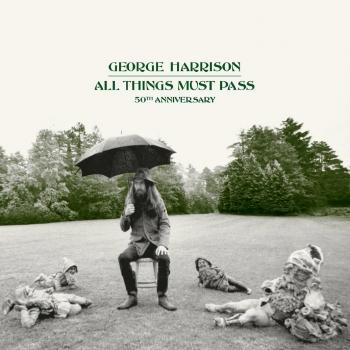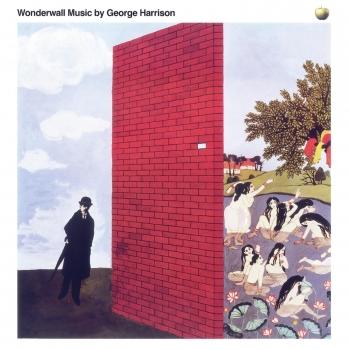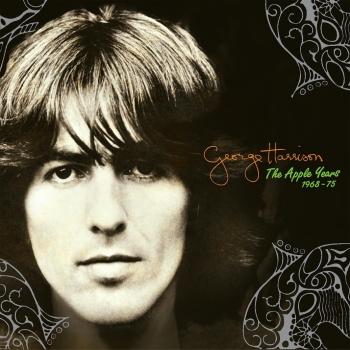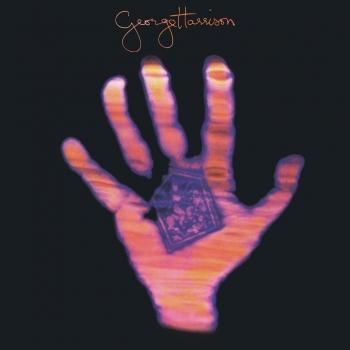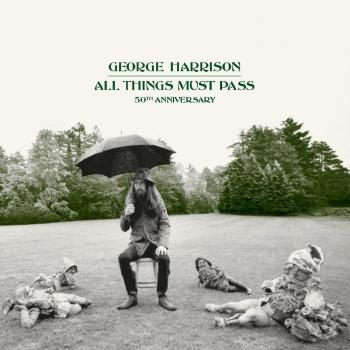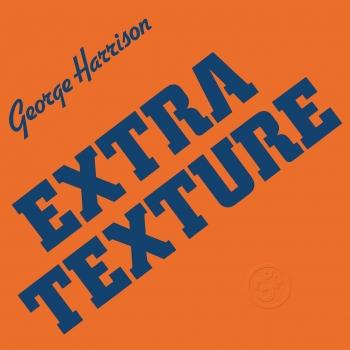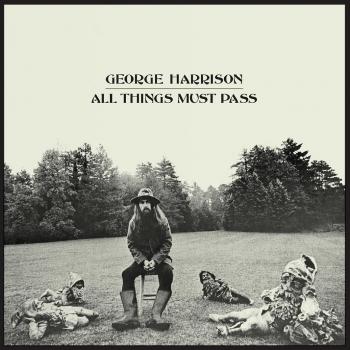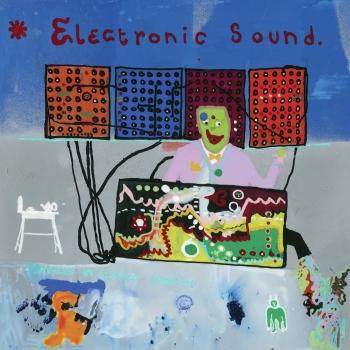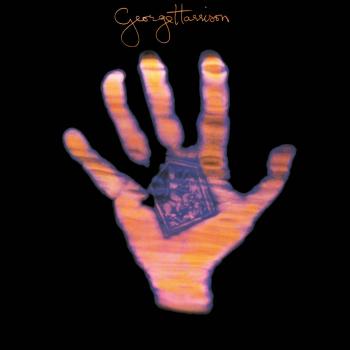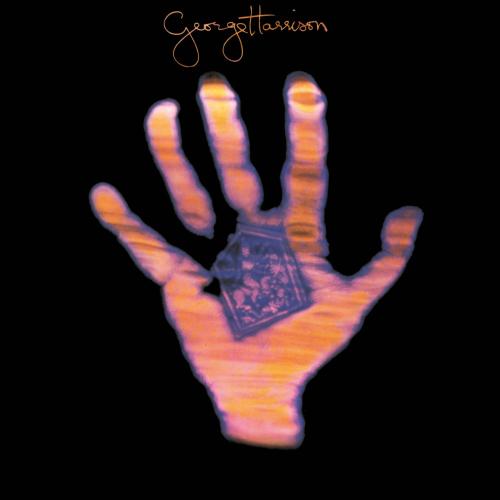
Living in the Material World (50th Anniversary - Remastered) George Harrison
Album info
Album-Release:
2024
HRA-Release:
15.11.2024
Album including Album cover
I`m sorry!
Dear HIGHRESAUDIO Visitor,
due to territorial constraints and also different releases dates in each country you currently can`t purchase this album. We are updating our release dates twice a week. So, please feel free to check from time-to-time, if the album is available for your country.
We suggest, that you bookmark the album and use our Short List function.
Thank you for your understanding and patience.
Yours sincerely, HIGHRESAUDIO
- 1 Give Me Love (Give Me Peace on Earth) [2024 Mix] 03:36
- 2 Sue Me, Sue You Blues (2024 Mix) 04:45
- 3 The Light That Has Lighted the World (2024 Mix) 03:30
- 4 Don't Let Me Wait Too Long (2024 Mix) 02:56
- 5 Who Can See It (2024 Mix) 03:51
- 6 Living in the Material World (2024 Mix) 05:30
- 7 The Lord Loves the One (That Loves the Lord) [2024 Mix] 04:34
- 8 Be Here Now (2024 Mix) 04:09
- 9 Try Some Buy Some (2024 Mix) 04:07
- 10 The Day the World Gets 'Round (2024 Mix) 02:52
- 11 That Is All (2024 Mix) 03:42
- 12 Give Me Love (Give Me Peace on Earth) [Take 18] 03:37
- 13 Sue Me, Sue You Blues (Take 5) 04:22
- 14 The Light That Has Lighted the World (Take 13) 03:53
- 15 Don't Let Me Wait Too Long (Take 49) 02:56
- 16 Who Can See It (Take 93) 04:00
- 17 Living in the Material World (Take 31) 05:28
- 18 The Lord Loves the One (That Loves the Lord) [Take 3] 04:30
- 19 Be Here Now (Take 8) 04:15
- 20 Try Some Buy Some (Alternative Version) 04:27
- 21 The Day the World Gets 'Round (Take 22) 05:06
- 22 That Is All (Take 24) 03:44
- 23 Miss O'Dell (2024 Mix) 02:30
- 24 Sunshine Life For Me (Sail Away Raymond) 02:48
Info for Living in the Material World (50th Anniversary - Remastered)
In honour of its 50th Anniversary, George Harrison’s Living In The Material World is being celebrated with a suite of new releases overseen by Dhani & Olivia Harrison and featuring a stunning new mix of the classic album by multi-Grammy Award winner Paul Hicks.
Newly remixed original album and a bonus material containing 12 previously unreleased Harrison tracks, featuring early renditions of every song on the main album. Additionally, the set includes an exclusive 7” single of the never-before-heard recording of ‘Sunshine Life For Me (Sail Away Raymond),’ featuring Robbie Robertson, Levon Helm, Garth Hudson, and Rick Danko from The Band, alongside Ringo Starr.
Living in the Material World, made in the midst of one of the most remarkable phases of his musical career, offered a brilliant glimpse of who its creator was, how unique his talents always were and how his search for certainty and truth beyond the everyday put him years ahead of his time.
The creation of the album began with a purposeful period at Apple Studios at the end of 1972, where, nearly four years before, The Beatles had done the conclusive work on the project eventually known as Let It Be. You can sense the prevailing atmosphere of these sessions in the music, manifested in flowing, sensitive musicianship, a lovely attention to detail and the album’s overarching set of themes. George not only sang but contributed almost all the guitar parts. He was backed by a tight-knit group of virtuosos, including drummer Jim Keltner, keyboard players Nicky Hopkins and Gary Wright, bassist Klaus Voormann and saxophone/flute player Jim Horn.
To really understand Living in the Material World, you have to go back to George’s experience of 1971 – a watershed 12 months full of events that would be explored in his songwriting. By that summer, he was deep into his response to the mounting humanitarian tragedy in Bangla Desh. After repeated shuttling between Los Angeles and New York and endless phone calls and meetings, he presented two concerts at New York’s Madison Square Garden. They combined performances by Ravi Shankar and three supporting musicians with sets led by George that also featured Ringo Starr, Eric Clapton, Leon Russell and Bob Dylan, among others.
“It was a very emotional period for me,” George later said, “because a lot of people had helped with its success, which made me very optimistic about certain things. At the same time, I felt slightly enraged because, let’s face it, the whole problem of how to solve [the Bangla Desh crisis] lies within the power of governments and world leaders, yet they choose to squander it on weapons and other objects that destroy mankind.”
His feelings would inevitably surface in his songs. In late 1971, while he was back in New York, he recorded several demos at the Plaza Hotel. They included an initial version of “Who Can See It,” and the earliest known recording of “Give Me Love (Give Me Peace On Earth),” complete with a very telling plea: “Help me cope with this heavy load.”
When recording sessions finally got started, these compositions were joined by an array of other new tracks. “Don’t Let Me Wait Too Long,” powered by a drum duet between Keltner and Starr, was one of the most straightforwardly joyous pieces of pop music George had ever recorded. “The Light Has Lighted The World” and “The Day The World Gets Round,” by contrast, were deeply emotional and insightful songs that went to the core of the album’s most profound ideas.
The remixing of the original LP gives new definition to these already accomplished and intimate recordings, while the extra material further highlights what a creatively fertile period this was for George. Thanks in part to the music’s newfound clarity, Living in the Material World resonates more than ever in 2024. Amid the noise of social media, the sense of someone yearning for enlightenment in a world of confusion rings loud and true. So does the undercurrent of the songs about the machinations and distractions of governments and politics. Moreover, in an era when meditation, yoga and so-called mindfulness have probably never been more popular, the fundamental points the songs raise align with the daily search for what is worthwhile. We all face the challenges of the material world throughout our lives, and in its own questioning, restless way, this album holds out the prospect of finding a way through them.
“The things most people are struggling for are fame or fortune or wealth or position – always, that’s their main ambition and desire in life, to be rich or famous or to have a good reputation, and really none of that is important because in the end, death will take it all away,” George later explained. But he was also keen to correct a common misapprehension: “I do not exclude myself, and I write a lot of things in order to make myself remember.”
Listening to the album in its new incarnations, all of these qualities are undeniable. It begins with a prayer and ends with a simple statement of the power of love. Its songs amount to a consummate self-portrait of an artist as a young man who was wise beyond his years, making sense of his life and the wider world. There’s not much music that sounds this yearning, intimate and spiritual, though we could boil those qualities down to something much simpler: true to its creator’s intentions, this is an album full of heart, and soul.
George Harrison, lead and backing vocals, electric and acoustic guitars, dobro, sitar
Nicky Hopkins, piano, electric piano
Gary Wright, organ, harmonium, electric piano, harpsichord
Klaus Voormann, bass, standup bass, tenor saxophone
Jim Keltner, drums, percussion
Ringo Starr, drums, percussion
Jim Horn, saxophones, flute, horn arrangement
Zakir Hussain, tabla
John Barham, orchestral and choral arrangements
Leon Russell, piano (on "Try Some, Buy Some")
Jim Gordon, drums, tambourine (on "Try Some, Buy Some")
Pete Ham, acoustic guitar (on "Try Some, Buy Some")
Recorded October 1972 – March 1973, February 1971 at Apple Studios, London, FPSHOT, Oxfordshire, EMI, London
Produced by George Harrison (with Phil Spector on "Try Some, Buy Some")
Digitally remastered
George Harrison
MBE (25 February 1943 – 29 November 2001) was an influential English rock guitarist, singer, songwriter, author and sitarist best known as the lead guitarist of The Beatles. Following the band's demise, Harrison had a successful career as a solo artist and later as part of the Traveling Wilburys super group where he was known as both Nelson Wilbury and Spike Wilbury. He was also a film producer, with his production company Handmade Films, involving people as diverse as Madonna and the members of Monty Python. From an initial exposure whilst a member of the Beatles, he maintained a high public profile regarding his religious and spiritual life.
This album contains no booklet.







